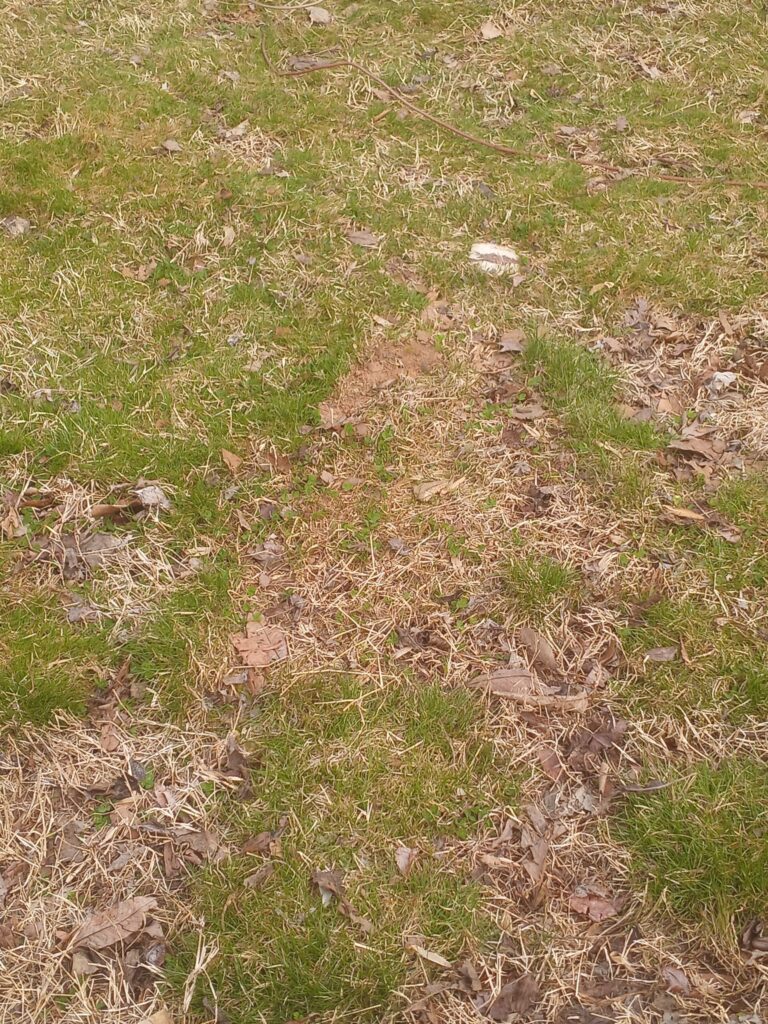Pamplin is in the friendly gardening zone of 7b. First frost date October 21 to October 21. Last frost date is April 11 through April 20. However, watch out for temperatures at night dipping down to the 30s in April.
Green house, tunnel or cold frame is best to use during the early spring.
The ecoregion of Pamplin is 45e – Northern Inner Piedmont.
The indigenous soils typically have a shallow sandy loam surface with a clay-based subsoil, colored red or yellow-red from oxidized iron weathered from native minerals. Regular amendment and intelligent management, will lead to a high moisture holding ability and mineral content. This is excellent for gardening.
Dealing with Pamplin’s red clay soil.
Add organic material:
- Apply 3-4 inches of compost, well-rotted manure, leafmold, etc., on top of the beds and work it into the soil 4-6 inches deep, in the fall or prior to planting in the spring. This will improve soil structure and reduce compaction, promoting better water infiltration, drainage, and retention, as well as nutrient availability.
- Mulch with organic materials such as bark, sawdust or wood chips and allow it to work into the soil naturally over time
- Plant cover crops such as clover, timothy hay, hairy vetch or borage. The cover crop roots act as a living amendment. Legume crops increase nitrogen availability and protect against erosion over the winter. Plant a month before the first killing frost. Work into the soil before it goes to seed and allow it to decompose for a couple of weeks before planting.
- Adding organic material and tilling in the fall allows time for decomposition prior to planting, and freezing-thawing during the winter can help to loosen the soil and reduce compaction without overworking it.
- Prior to planting, break up large surface clods and rake level. Small seeds germinate best in fine, smooth surface soil. As noted above, avoid pulverizing deeply, which can harm soil structure.
- Manage runoff. Building a garden of lighter soil surrounded by heavy clay can create a drainage issue if the surrounding clay traps water in the garden. Diverting runoff so it doesn’t enter the garden is a good idea to prevent a potentially damaging drainage issue.
- Be patient. Over time, soils tend to return to their native state. It takes some years of amendment to create a significant improvement and ongoing commitment to maintain it. (Piedmont Masters Garden)
